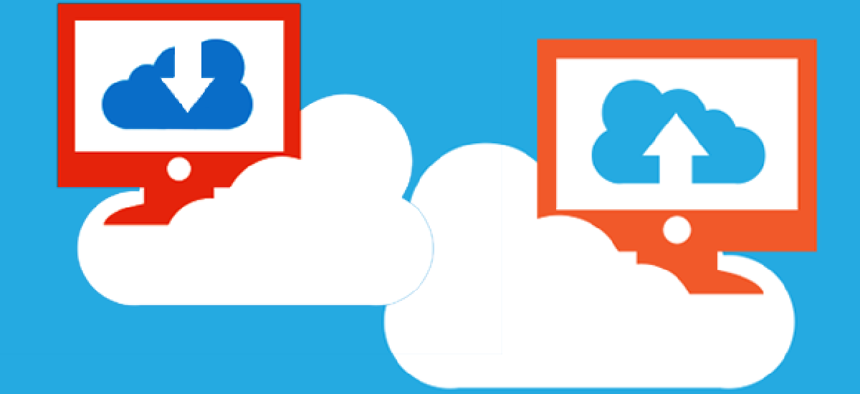Why you may not be getting the most out of the hybrid cloud


Connecting state and local government leaders
A successful hybrid cloud gives agencies the flexibility to change quickly how their data is stored.
The benefits of cloud computing are no secret to the federal government -- to the contrary, they’re extremely well documented. Beginning in 2011 with then-federal CIO Vivek Kundra’s ‘CloudFirst’ initiative, the government has taken significant steps toward unlocking the primary benefits of the cloud: lowered cost, agility, increased shared services between agencies and efficiency of service for both internal stakeholders and public citizens.
Since that time, however, agencies have faced one major obstacle that calls into question the worth of these benefits: data security.
Take, for example, the 2015 breach of Office of Personnel Management databases that affected an estimated 21.5 million federal employees and applicants, an attack thought to have originated from hackers in China or Russia. As a result, attacks like these have become top-of-mind for agency leaders. Add to that the of threat of insider attacks and poor security practices by government employees, which (according to an October 2015 Ponemon survey of federal IT workers) is the perceived No. 1 threat facing the federal government. Agencies have plenty to worry about when it comes to the safety of their data.
Lately, however, a model of cloud computing has emerged that combines the cost, efficiency and collaborative gains of the cloud with the security and regulatory compliance benefits of an on-premise firewall -- a solution known as the hybrid cloud.
Chad Sheridan, CIO of the Agriculture Department’s Risk Management Agency, implemented a hybrid cloud business process management solution to improve agility and transparency in how his agency delivers and administers crop insurance. With the hybrid model as his deployment platform, Sheridan and his team built what is now called Escrow 2.0, a custom application that accelerated the process by which farmers received payment for insurance claims from 30 days (or more) to a guaranteed three days.
But while hybrid cloud is absolutely the direction government often must follow in order to succeed today, it is not a truly future-proofed solution on its own. Regulations will change; how agencies want or need to allocate application components across environments will change. The majority of today’s cloud environments -- at least, the proprietary ones -- will not be up to the challenge.
Many vendors offering their tools and platforms in hybrid cloud (and full cloud) models insist on a proprietary cloud architecture (whether public or private). That means clients are locked into one configuration, losing real ownership of any data that lives in the cloud.
This becomes a major issue for government agencies. Operating in a proprietary cloud environment -- even used in tandem with an on-premise server – limits an agency’s choices as to where its data lives. Once data moves to a vendor’s proprietary cloud, it is extremely difficult to get it back out; the process often requires building a whole new application to access it another way. This model simply does not work in a world full of constant regulatory and compliance evolution. While one day the environment might be the perfect fit for the agency, the next it could be obsolete.
The key to the successful implementation of a hybrid cloud model is choosing a vendor that gives agencies the flexibility to change quickly and at any time where and how their data is stored. This requires pairing an on-premise firewall with any cloud environment -- whether it is an in-house or commercial private cloud, a public cloud or any combination thereof. Applications and all of their components must be portable across environments and configurations. The bottom line: Agencies must be able to access and harness application logic and data wherever, whenever and however they want.
Hybrid cloud models provide the best of both worlds, so long as agencies have the freedom to access their data at any given time. Getting locked into a proprietary solution can completely erase the cost and efficiency benefits that the cloud offers in the first place. By partnering with providers that can accommodate the needs of the organization, agencies can build hybrid clouds that really flex their muscles.




